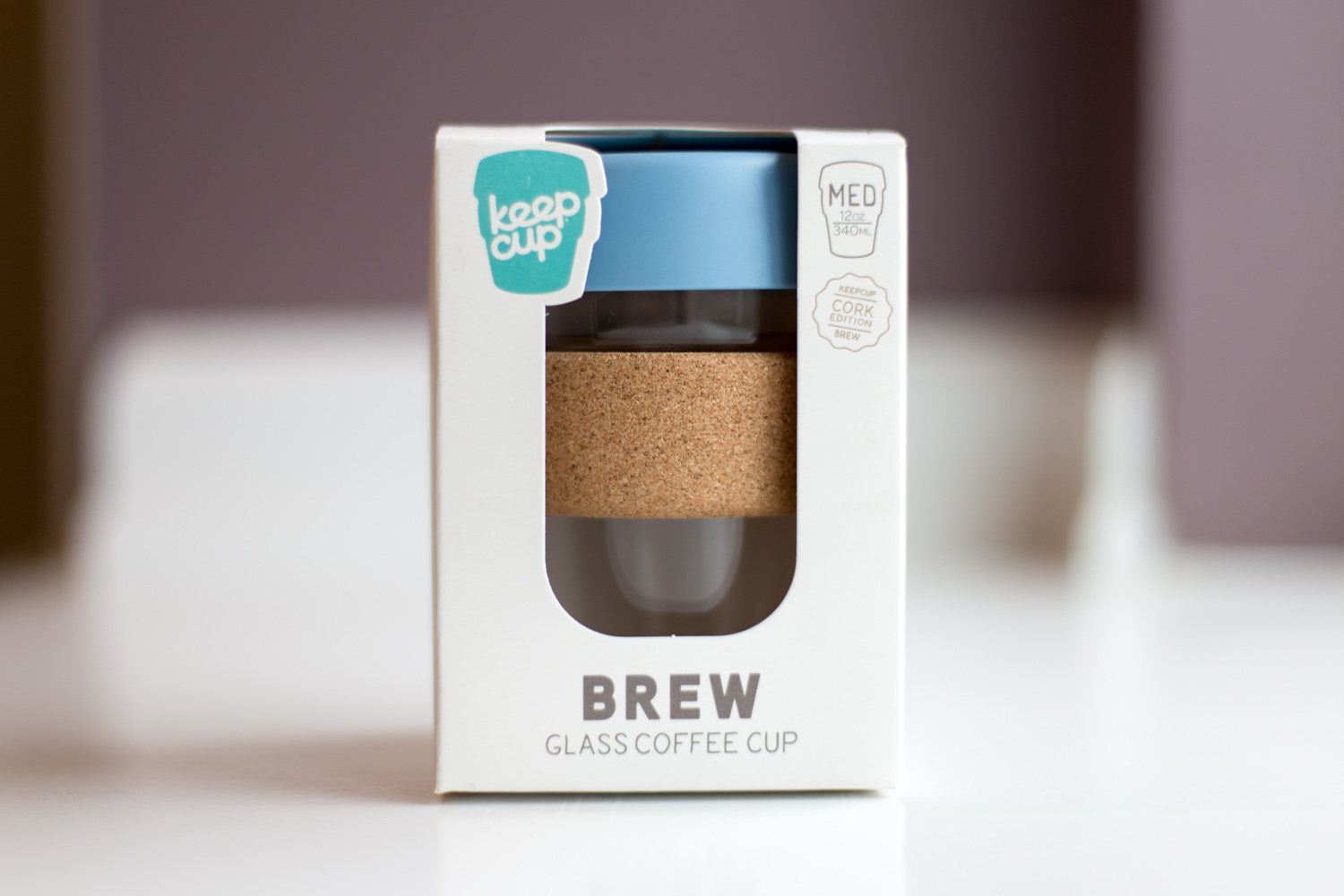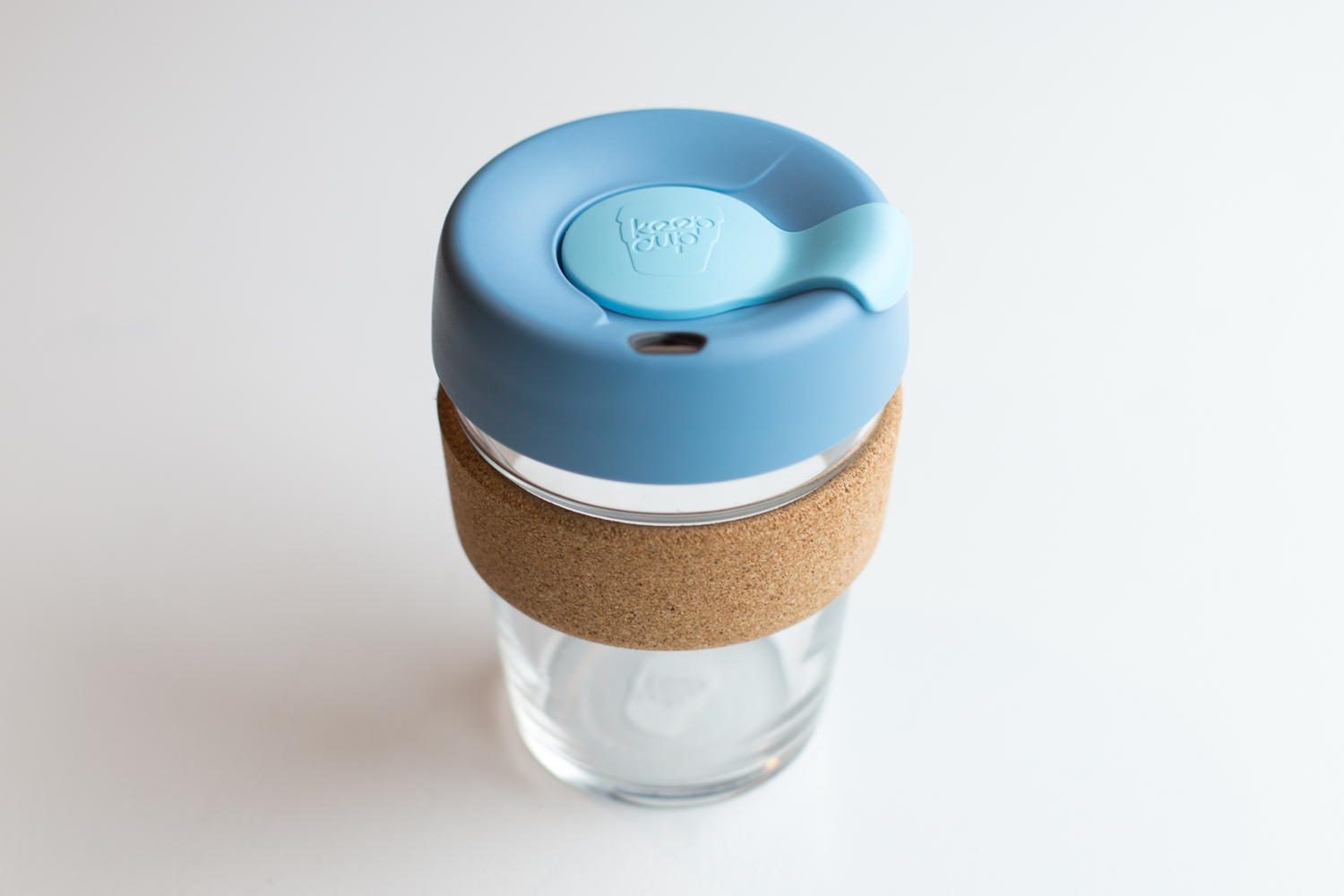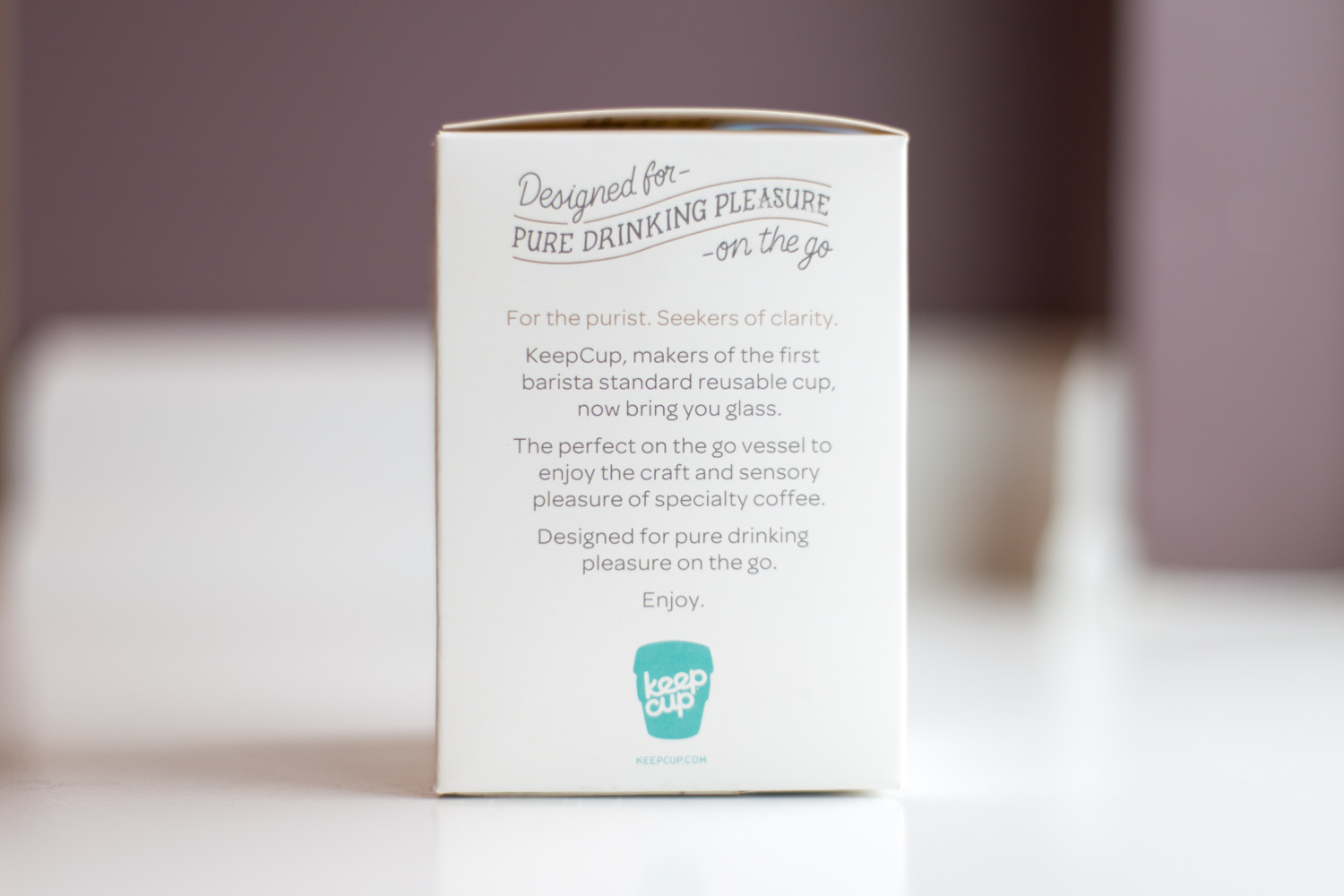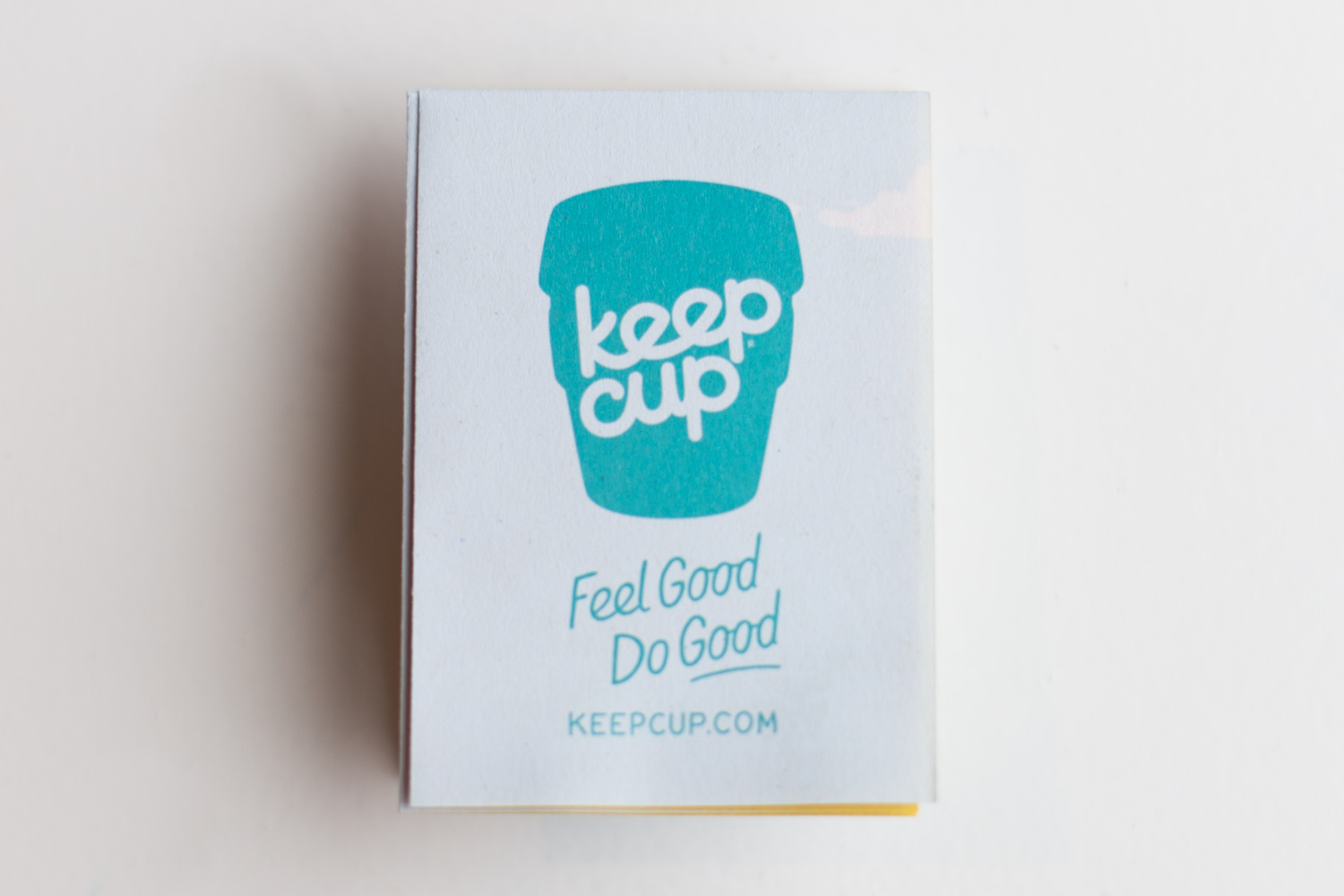Keepcup
Every minute over one million disposable cups are discarded into landfill. That's a lot of cups. In fact, more that 500 billion (yes, billion) single-use cups are created every year to cater to our takeaway needs. If sustainability is defined by any habit that can be continued indefinitely, these cups definitely don't qualify. Let me tell you the facts...
- Most disposable cups are lined with polyethylene (giving that waxy feel) which makes them none recyclable.
- Much of the world's paper supply (around 71%) comes from diminishing forests rather than from tree farms or the recycling bin.
- Very little recycled paper is used to make disposable cups because of contamination concerns.
- Manufacturing 500 billion single-use cups depletes natural resources, increases C02 emissions and most cups go to landfill where they add to the global waste crisis.
Just incase you're now suitably bummed out (I mean, who doesn't enjoy a cup of coffee on the go?) - fear not. There are amazing reusable cup initiatives out there which are well worth investing in. Cue: Keepcup. Their niche is that their glass cups are built to barista standards so that your lattes can be made right into your cup. Other brands worth checking out are Joco and Ecoffee. When you're looking for a reusable cup, I'd recommend choosing a company who are passionate about sustainable living and fighting plastic pollution (like these I've mentioned). There are loads of cheap, hard plastic cups out there (ahem, Starbucks) which are better than disposable cups, but they're still built out of plastic which will take hundreds of years to break down - kind of ironic?
top tip
Frown at restaurants and cafes that give customers tap water in plastic cups. If you're a regular, speak to the manager and ask them to consider offering glasses rather than single-use cups.





